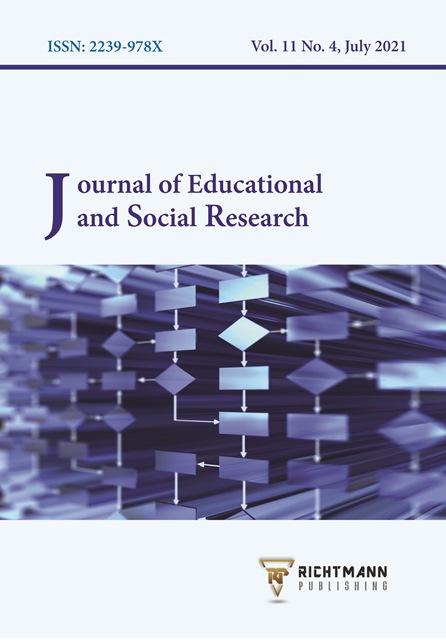High School Students’ Dependence on Virtual Social Networks: Approaches to Socio-Pedagogical Prevention in Ukraine
DOI:
https://doi.org/10.36941/jesr-2021-0085Keywords:
adolescence, high school students, virtual social networks, Internet addiction, dependence, virtual social networks’ dependence, socio-pedagogical prevention approaches, homo sapiens culture, quantitative researchAbstract
The article briefly investigates the features of the information age, which led to the transformation of the Homo Sapiens culture and led to the new types of addictions among the young generation. Scientists around the world are increasingly investigating the issue of high school students' dependence on virtual social networks as a key issue in the overall process of "Generation Z" cyber socialization. To confirm and update the matter, data from the sample (N = 456) were collected using a structured online questionnaire available in open cyberspace. The main goal was achieved during the investigating, namely – it has been identified and substantiated approaches to socio-pedagogical prevention of high school students' dependence on virtual social networks, which are: a multilevel approach, combining the efforts of social professionals and educators, parents, community, etc. in order to prevent addiction; moreover, it has been determined the necessity for spiritual and creative development, in improving the information culture of high school students, as well as in stimulating their subjectivity; it is also noted that this goal achievement is possible provided the active use of virtual tools and educational process diversification with interesting activities. Such approach can be the basis for the development of social and educational programs to harmonize the socialization of young people in modern conditions, both offline and online.
Received: 18 March 2021 / Accepted: 5 June 2021 / Published: 8 July 2021
Downloads
Downloads
Published
Issue
Section
License

This work is licensed under a Creative Commons Attribution-NonCommercial 4.0 International License.
This work is licensed under a Creative Commons Attribution-NonCommercial 4.0 International License.









